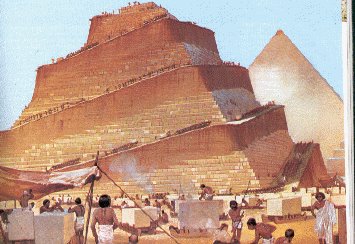
Those who pray for a “biblically based” marriage might want to take a closer look at Scripture.
We were talking the other day about a couple that recently celebrated their 60th wedding anniversary. Family and friends at the party incessantly cooed things like, “Sixty years, that’s so sweet!” and the minister extolled the devoted octogenarians as a shining example of how God blesses a marriage based on the Bible. Asked what the secret was to a successful marriage, the dear old fellow raised a shaky finger, smiled, and said, “Love!”
The question on our minds, however, was: “Who spiked the punch bowl with crazy pills?” If these two old folks are like any normal couple we know, then they’ve been through hell, accumulating more baggage over all those years than a Samsonite outlet store. Sixty years of living together is indeed an accomplishment worth celebrating, but let’s be honest about what should really be honored here—the miracle that these two people didn’t kill each other.
Don’t get us wrong. We’re all for marriage. We are both married—though not to each other—and we take that whole “till death do us part” thing seriously. (So seriously, in fact, that the realization we’ve vowed to spend the rest of our days with our other halves, as much as we love them, sometimes causes our heads to spin and leaves us gasping for air.) No, our beef with conjugal life is that we Americans tend to idealize it. Despite astronomical divorce rates, we have this notion of a “traditional” marriage—in which two people marry for love and to fulfill their individual lives—that didn’t even exist until some 200 years ago. Before that, marriages were mostly arranged for political and economic advantage. And since when do marriage and family have anything to do with bliss? Basically, all Greek tragedy is about loved ones fighting and slaying each other. It was with little exaggeration that the playwright Strindberg depicted marriage as “the dance of death.”
By John D. Spalding and Kristina Robb-Dover
Are Marriages Made in Heaven, or Hell?





